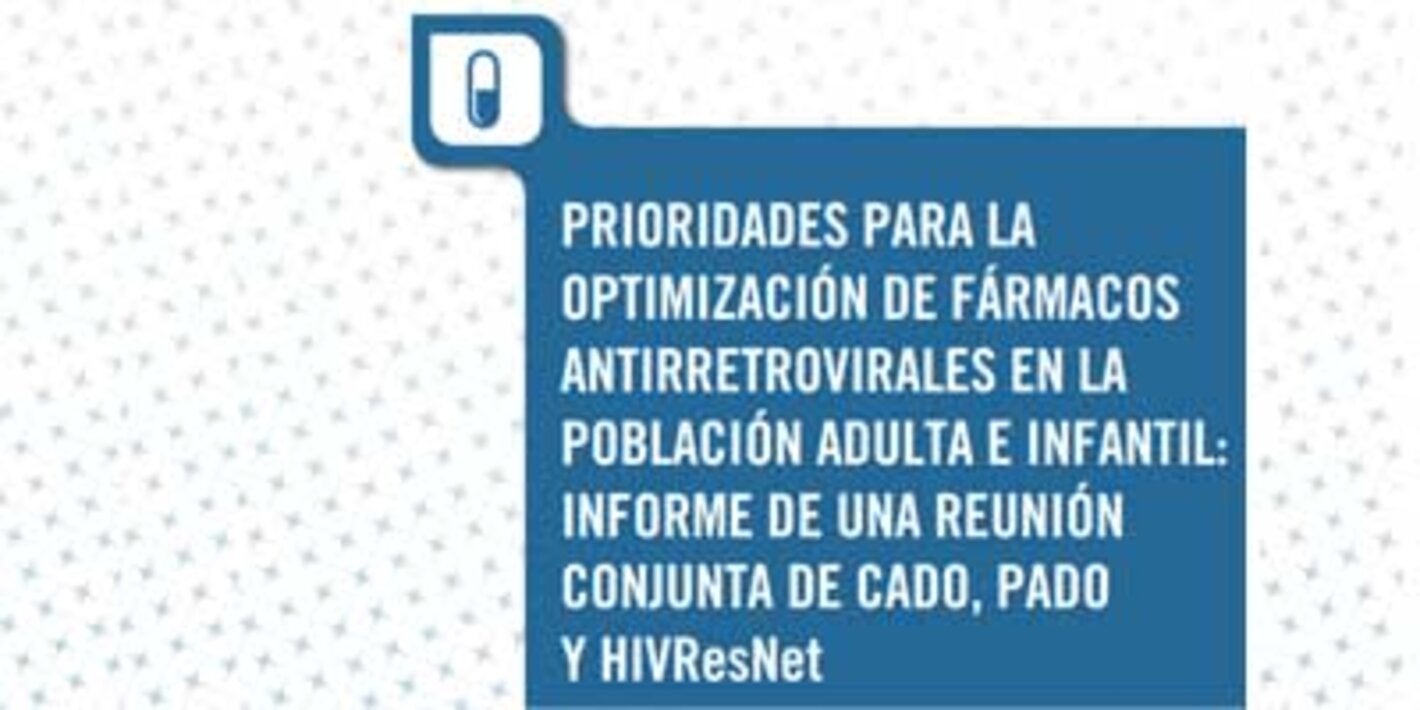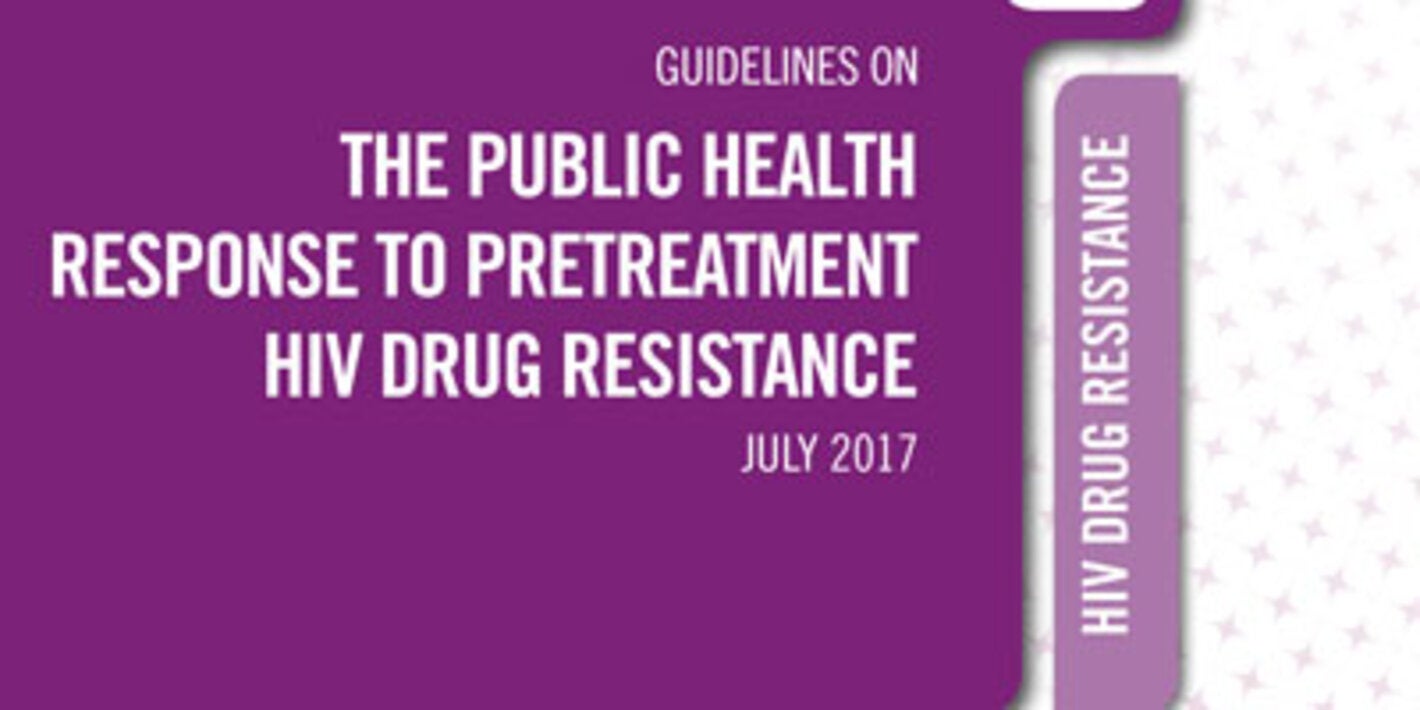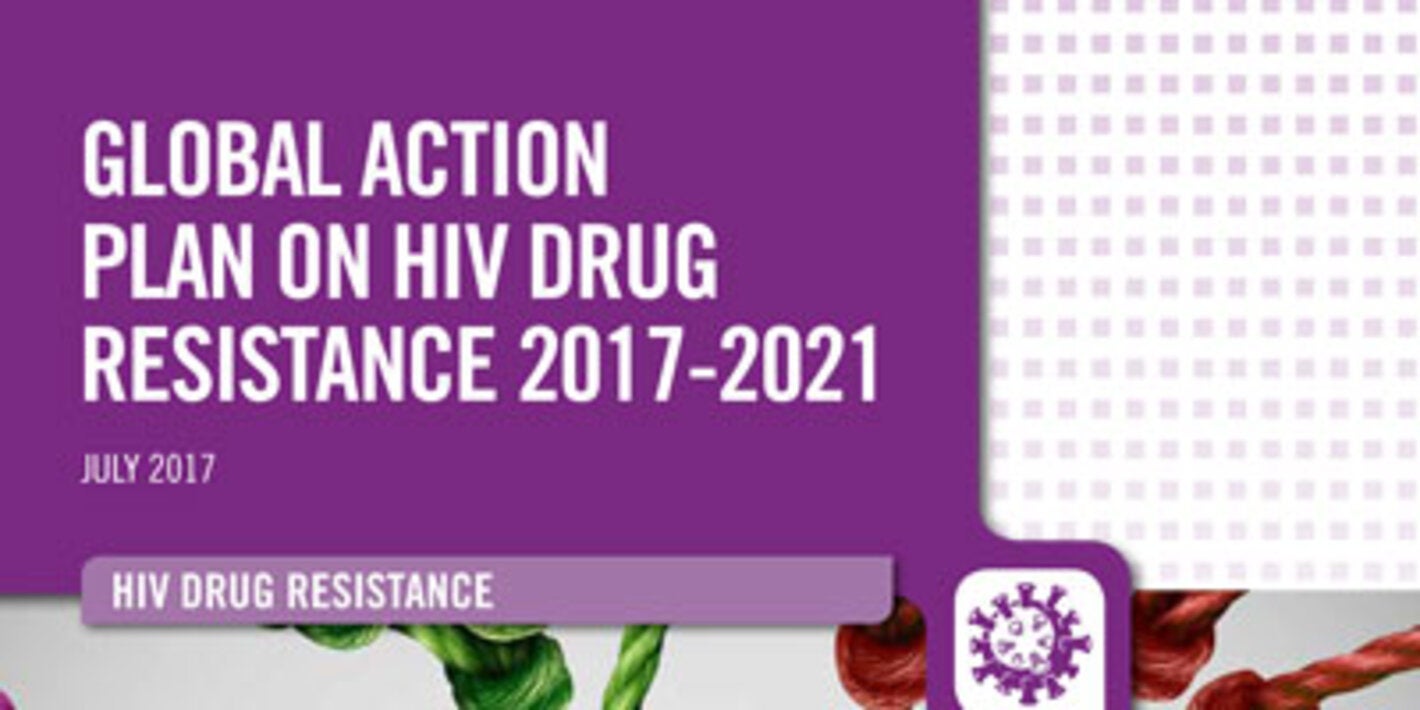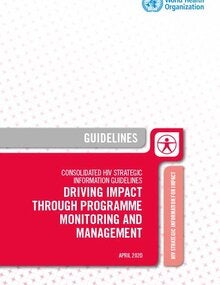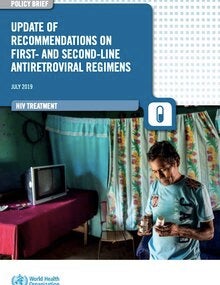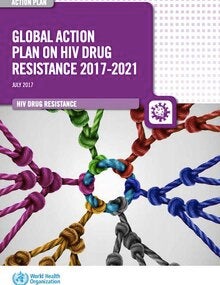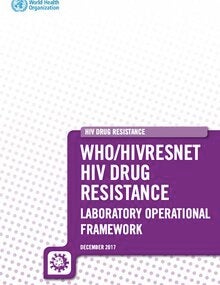SUBMENU
HIV drug resistance (HIVDR) is the ability of HIV to mutate and reproduce in the presence of antiretroviral (ARV) drugs. The consequences of drug resistance include treatment failure; the transmission of drug resistant HIV; as well as increased direct and indirect costs, for patients and health systems, due to more expensive, complex and toxic second- and third-line ARV regimens.
PAHO/WHO recommend a public health approach to HIVDR based on a comprehensive package of tools that should be implemented in all countries scaling-up and maintaining populations on antiretroviral therapy (ART). The WHO Global Action Plan on HIVDR (2017-2021) provides countries a framework for action with five strategic objectives: 1) prevention and response; 2) monitoring and surveillance; 3) research and innovation; 4) laboratory capacity; and 5) governance and enabling mechanisms.
- Monitoring HIV drug resistance Early Warning Indicators (EWI)
- Surveillance of HIV drug resistance in adults initiating antiretroviral therapy (pre-treatment HIV drug resistance)
- Surveillance of HIV drug resistance in adults receiving ART
- Surveys of HIV drug resistance in children less than 18 months of age
- Surveillance of HIV drug resistance among pre-exposure prophylaxis users diagnosed with HIV
The WHO/HIVResNet laboratory strategy supports the implementation of HIVDR surveys by providing accurate and timely genotyping that meet WHO specifications.



